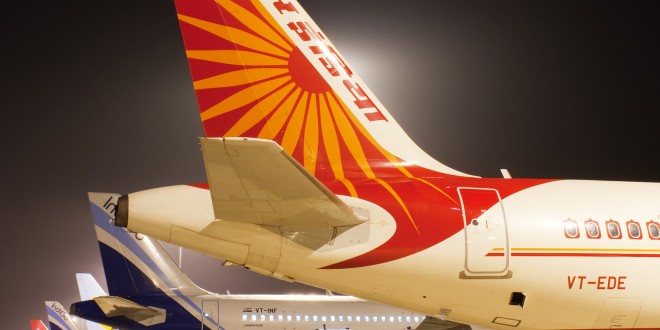For all the talk of the Government promoting aviation and as the industry watched with baited breath, the budget seems to have continued the Modi-government’s ignoring of civil aviation.
The sum-total budget proposals pertinent to aviation do not even warrant us writing an article. If anything, they could likely be summed up in an SMS message. Namely,
- Aviation turbine fuel (ATF) excise duty was hiked from the current eight per cent to 14%, with a caveat that scheduled commuter airlines (SCAs) will still get the eight per cent excise rate
- Air India equity infusion of Rs 1,713 crore against a budgetary support request of Rs 4,300 crore. Though, two days later, the government assured of additional funding “as required”. We estimate that AI will have a net loss of Rs 3,700 crores for FY16.
- Plan for the revival of small airports at an indicative cost of Rs 50 – Rs 100 crores each and partnering with the respective state governments to develop some of these airports. A positive step to bring some local involvement.
- Maintenance repair and overhaul : tools and tool kits exempt from call customs and counter-veiling duty when imported by MROs subject to certification by the Directorate.
One wonders how serious the government is about leveraging India’s aviation potential as it dreams of becoming the third largest aviation market by 2020? Or do we as a nation continue to lose out to foreign airports and airlines as they capitalise on our soaring demand thanks to the lack of initiative by our policy-makers?
Despite the pittance of attention, our analysts have not given up hope and have a comprehensive set of policy recommendations which they hope to share with policy-makers.
We will share some of them over the next few months in posts along with what positive impacts they can bring to the aviation industry.
Stay tuned.
As always, we invite you to share your thoughts via comments
 Bangalore Aviation News, Reviews, Analysis and opinions of Indian Aviation
Bangalore Aviation News, Reviews, Analysis and opinions of Indian Aviation





The ATF prices have already fallen & just like petrol & diesel, taxes won’t be cut dramatically for sake of fiscal deficit. Also I don’t know how does it impact if infusion into Air India is less than estimated. Infact, AI is eating our tax payers money & rather than wasting money on Air India, it should be privatised and money be spent on creating better infrastructure for aircrafts.
And potential won’t increase dramatically unless that 5/20 rule is scrapped. How can one be keen to start an airline which can’t fly abroad for 5 years & without having 20 aircrafts ? Existing players like Indigo, Spicejet lobby for such policy & on other hand due to limited Indian options, Indians end up travelling on Etihad & Emirates !
For faster growth of aviation, 5/20 be scrapped. It can be made something like 2/10.
You need to realise that taxes on international ATF are less than taxes on domestic ATF.
But the taxes on international ATF are still far too high, which results in Dubai and Singapore stealing the lunch of DEL and BLR airports.
The route SYD > DEL > LHR is shorter than SYD > DXB > LHR.
But the taxes on ATF that is put into international flights in Hindustan are too high, so airlines prefer to fly the longer route via Dubai.